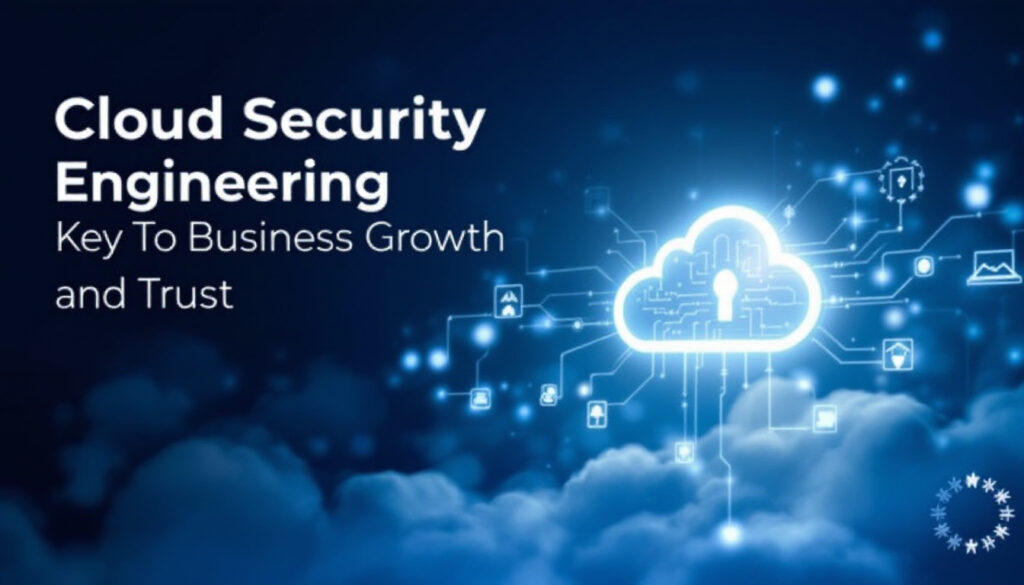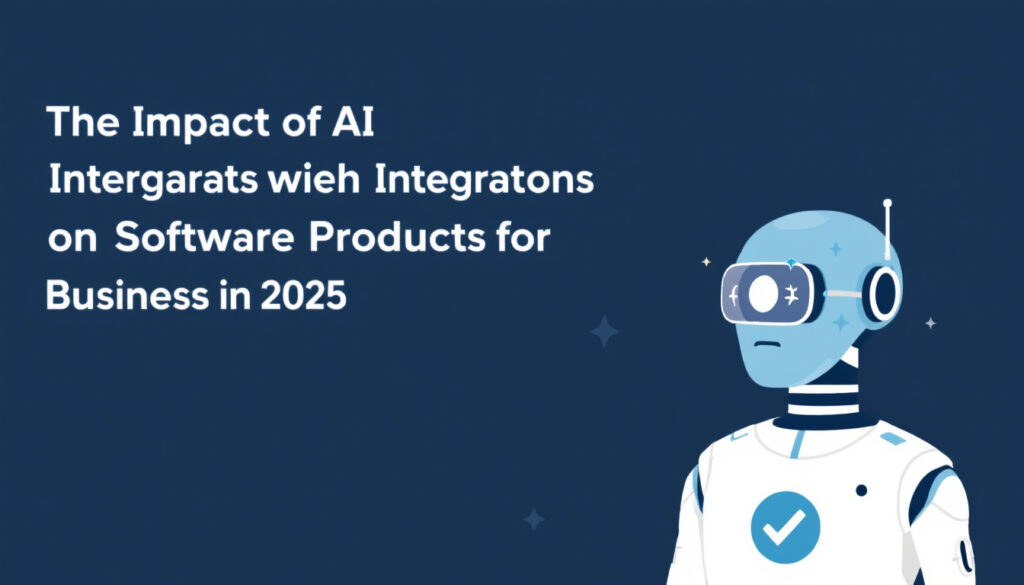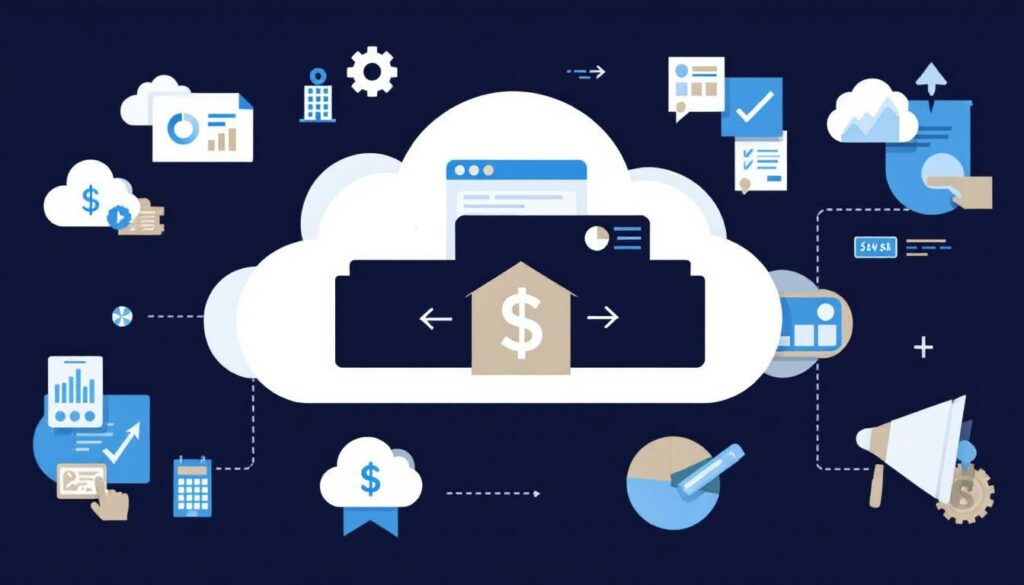Cloud Security Engineering 2025
Cloud platforms continue to form the backbone of business, development, and technology projects. With this shift comes an increase in exposure to new risks. As attacks grow more sophisticated and regulatory expectations rise, the demand for strong cloud security measures is reaching new heights. “Cloud Security Engineering 2025: Key To Business Growth and Trust” In 2025, organizations will need to take cloud security engineering seriously to protect sensitive data, support compliance, and maintain operational stability. The combination of evolving digital threats and stricter industry regulations will place security skills at the forefront. Those who pursue rigorous training, such as the Top Cybersecurity Courses for 2025, will be well-positioned to meet these growing challenges . The Rapid Acceleration of Cloud Adoption The past year has revealed a clear trend: companies across every sector have increased their investments in cloud technology. Migration to cloud and broader multi-cloud setups are not new concepts, but their growth rate has sharply accelerated. Organizations, from tech startups to global enterprises, now must weigh not only cost and efficiency but also how to work smarter and faster than their competition. This expanded cloud footprint brings both advantages and new risks—especially as remote work, digital transformation, and AI-powered tools become the norm. Key Drivers for Organizations Moving to the Cloud In recent months, organizations have adopted cloud services at record speeds. This migration is motivated by several core factors: This shift also enables organizations to pursue advanced technologies that require high compute power and storage flexibility. For example, AI-powered analytics demand both robust infrastructure and scalable resources. As businesses use AI to uncover insights and optimize operations, cloud adoption becomes inseparable from innovation. The rise in AI-driven analytics is detailed in AI Transforming Business Analytics 2025, showcasing how integrated cloud and AI solutions are setting new standards. Businesses also discover added value by diversifying across multiple cloud providers. A multi-cloud approach supports improved uptime, regulatory compliance, and workload optimization, outlined in resources like Multi-Cloud: Pros/Cons and Critical Success Factors and Multi Cloud Strategy: Definition, Benefits, & Best Practices. Remote and hybrid work models have further accelerated these trends. With teams distributed around the globe, secure cloud access is mandatory for productivity and collaboration. Security Blind Spots During Rapid Cloud Expansion With this rapid increase in cloud adoption, organizations often face security challenges they did not anticipate. Common vulnerabilities and misconfigurations emerge, sometimes with severe consequences. Key blind spots include: Organizations adopting cloud at speed can inadvertently introduce security gaps. A lack of cloud-specific security skills only increases the risk. Continuous monitoring, automation, and structured training are critical to address these vulnerabilities. For those seeking to expand their expertise in secure cloud configurations, resources such as the Top Cybersecurity Courses for 2025 help teams stay current with rapidly changing best practices. Implementing robust governance frameworks and investing in skilled cloud security engineers is now essential to minimize misconfigurations and maintain compliance. Evolving Threat Landscape and Attack Techniques The speed at which attackers adapt to new technologies will continue to shape cloud security priorities in 2025. Modern threats are increasingly tailored to cloud environments and exploit both technological and human weaknesses. Threat actors now use persistent, AI-driven tools to bypass defenses and exploit common vulnerabilities. As cloud adoption accelerates, attacks on supply chains, container platforms, and privileged identities grow in both scale and precision. Staying ahead requires understanding where new risks will emerge and how regulatory forces influence defense strategies. Cloud-Specific Attack Vectors to Watch in 2025 Photo by Antoni Shkraba Studio Organizations face a wave of cloud-native attack techniques designed to target the expanding digital infrastructure. Recent incidents and forecasts point to several high-priority risks: Sophisticated attack campaigns increasingly blend automation, AI-driven reconnaissance, and persistent access. Notable examples from 2025 include high-profile supply chain attacks against Oracle Cloud and stealthy package repository exploits, such as the PyPI compromise. These incidents show that vulnerabilities in any component—from a third-party service to a container image—can lead to widespread compromise. The move toward Ransomware-as-a-Service (RaaS) and automated attack kits adds a commercial element to cybercrime. As a result, targeted ransomware, cloud data exfiltration, and service disruptions are expected to rise. Cloud-focused cyber threat intelligence reports show increasing activity from organized groups using these advanced methods (Everything You Need to Know About Cyber Threat Intelligence 2025). How Regulation and Compliance Shape Security Response The security response to cloud threats is increasingly shaped by regulatory measures and compliance frameworks, especially as authorities set stricter standards for data protection and breach reporting in cloud environments. With new and updated regulations emerging throughout 2024 and into 2025, companies must adjust their security controls to meet these mandates. Key developments include: The increased scrutiny has a direct impact on how companies design their cloud architectures and select security solutions. Security teams must map technical controls to legal requirements and always be prepared for independent assessments and audits. To stay compliant and competitive, organizations are turning to guided resources and training programs that reflect the latest legal trends. For example, the guide on Top Cybersecurity Courses for 2025 helps engineers and IT staff build practical expertise aligned with current compliance needs. Security is no longer just an IT function. It is an organizational priority, shaped by outside expectations and frequent regulatory changes. Compliance is both a legal obligation and a catalyst for better risk management, pushing companies to raise the bar for cloud security engineering. Staying informed of emerging cybersecurity threats and up-to-date with compliance frameworks has become a core requirement for all teams working with the cloud. Best Practices for Proactive Cloud Security Engineering The strategic approach to cloud security continues to shift from reactive measures to a forward-looking, embedded methodology. Companies with mature cloud programs recognize that traditional perimeter defenses are not enough. To keep ahead, organizations need to build security into every facet of their architecture, from code deployment to infrastructure management. This involves embracing defense-in-depth, automating control points, and constantly adapting team skills to address shifting threats. Integrating Security into DevOps and CI/CD










